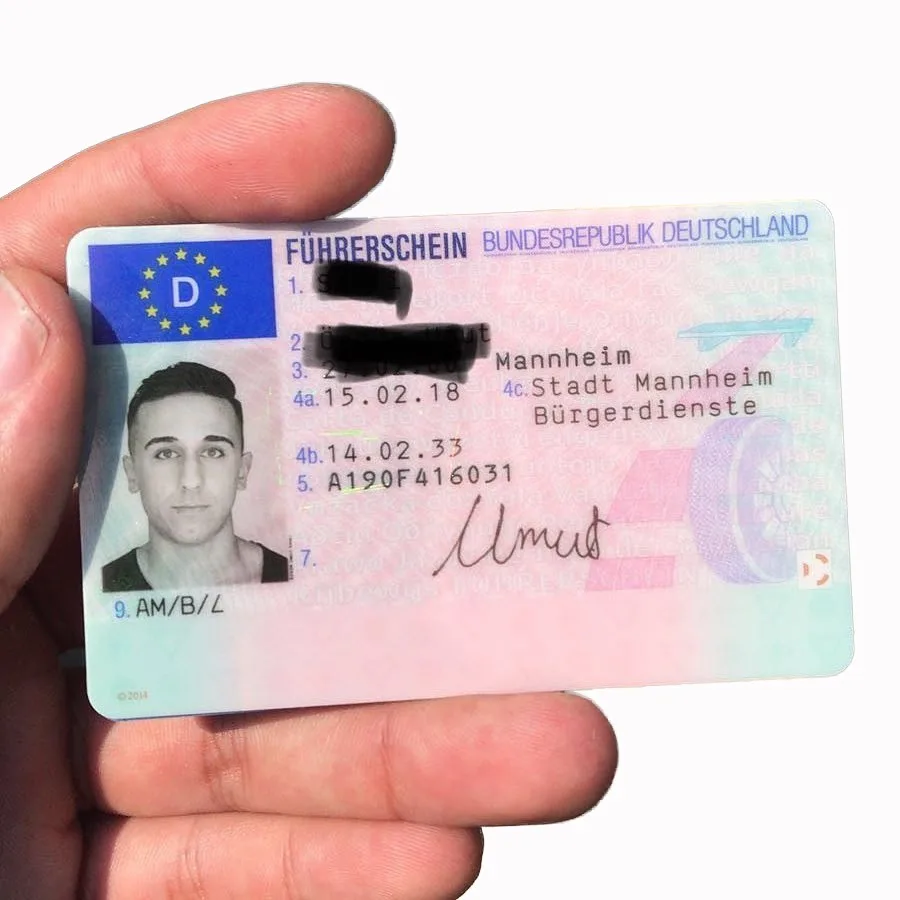How to Obtain a Car Driving License: A Comprehensive Guide
Getting a car driving license is a significant turning point for people looking for independence and mobility. It gives not only the flexibility to travel however also the obligation that features being a certified driver. This article offers an extensive guide on how to get a car driving license, covering key actions, essential documentation, and pointers for success.
Comprehending the Process
The process of obtaining a car driving license can differ by nation and, sometimes, by state or region. However, the general actions remain similar. Here's an introduction of the common process involved:
1. Find out the Requirements
Before starting your journey to acquire a driving license, it's vital to understand the requirements particular to your location. Common prerequisites may include:
Minimum age (generally 16-18 years).
Evidence of residency.
Identification files (e.g., passport, birth certificate).
Parental authorization if you're a small.
2. Enlist in a Driver's Education Course.
Many regions need brand-new chauffeurs, particularly teens, to complete a driver's education course. These courses cover important topics consisting of:.
Traffic laws.
Safe driving practices.
Lorry operations.
Führerschein can typically be finished through high schools or private driving schools and typically consists of both classroom direction and behind-the-wheel training.
3. Get a Learner's Permit.
When you fulfill the age requirement and complete any essential academic courses, the next step is to look for a learner's license. This allows you to practice driving under specific restrictions, usually with a certified adult in the car. To obtain a learner's permit, you normally require to:.
Pass a written test that covers traffic laws and indications.
Pay a fee.
Offer essential recognition and residency files.
4. Practice Driving.
With a student's permit in hand, you'll have the opportunity to practice driving. A lot of jurisdictions require students to log a particular variety of practice hours, which may include night driving and driving in different weather condition conditions.
5. Set Up the Driving Test.
After fulfilling the practice requirements and feeling positive in your driving abilities, you can schedule a driving test. Depending on your location, this may involve:.
Booking an appointment online or by phone.
Paying a charge.
Getting ready for the road test by practicing crucial maneuvers including parking, altering lanes, and following traffic indications.
6. Take the Driving Test.
Throughout the driving test, an evaluator will evaluate your capability to operate a lorry and abide by traffic laws. To get ready for this, consider:.
Evaluating the lorry's controls.
Practicing protective driving methods.
Familiarizing yourself with the route, if known.
Stay calm, follow the instructions of the evaluator, and show your driving proficiency.

7. Get Your Full License.
If you pass the driving test, you'll typically get a short-term license until your official one is mailed to you. Depending on your jurisdiction, you may at first receive a provisional or limited license, which might have some driving limitations (e.g., limitations on nighttime driving or bring travelers).
To shift to a full, unrestricted license, adhere to any rules connected with your provisional license and avoid traffic infractions.
8. Stay Informed and Responsible.
As soon as you get your driving license, keep in mind that driving is an opportunity and comes with duties. It's necessary to:.
Stay upgraded on regional traffic laws and policies.
Keep automobile insurance.
Practice safe driving practices to ensure your security and the security of others on the road.
Conclusion.
Acquiring a car driving license is a fulfilling journey that empowers people with mobility and independence. By comprehending the requirements, preparing sufficiently, and practicing responsibly, you can effectively browse the process and end up being a confident driver. Remember to approach driving with respect and diligence, as it plays a crucial function in ensuring your safety and the security of everyone on the roadway.
